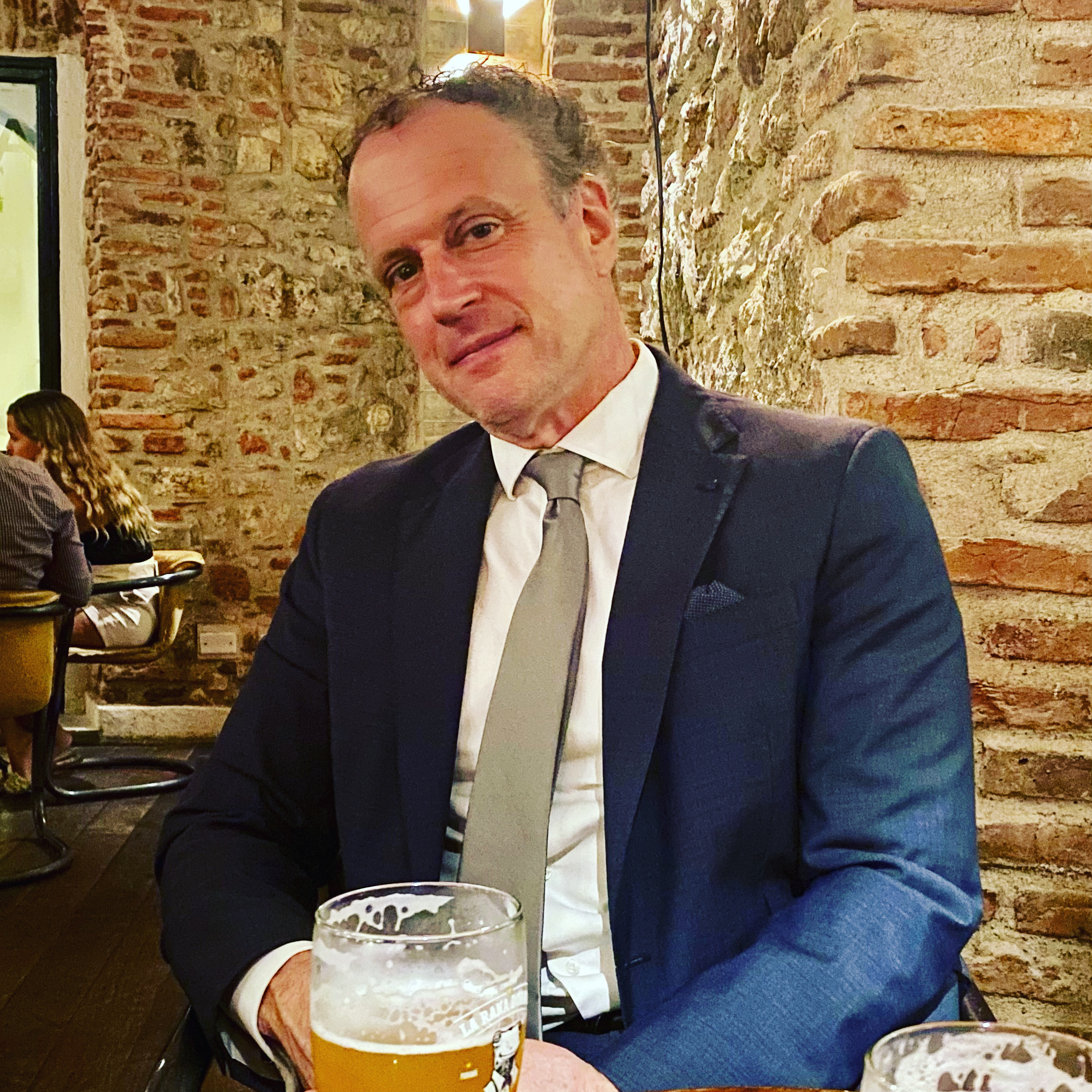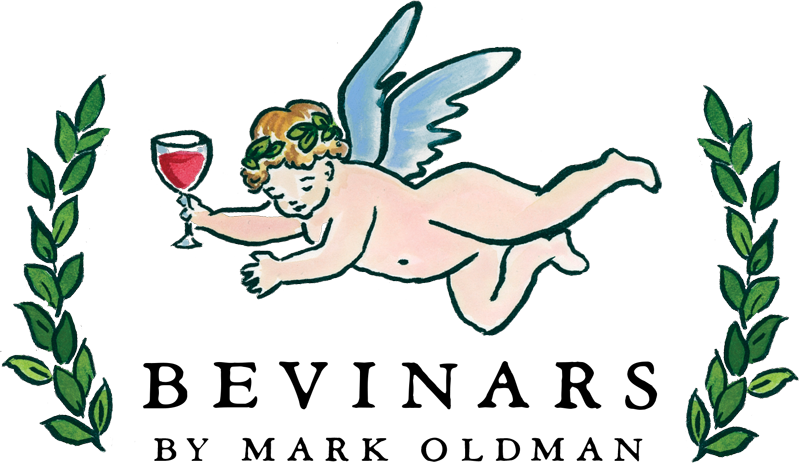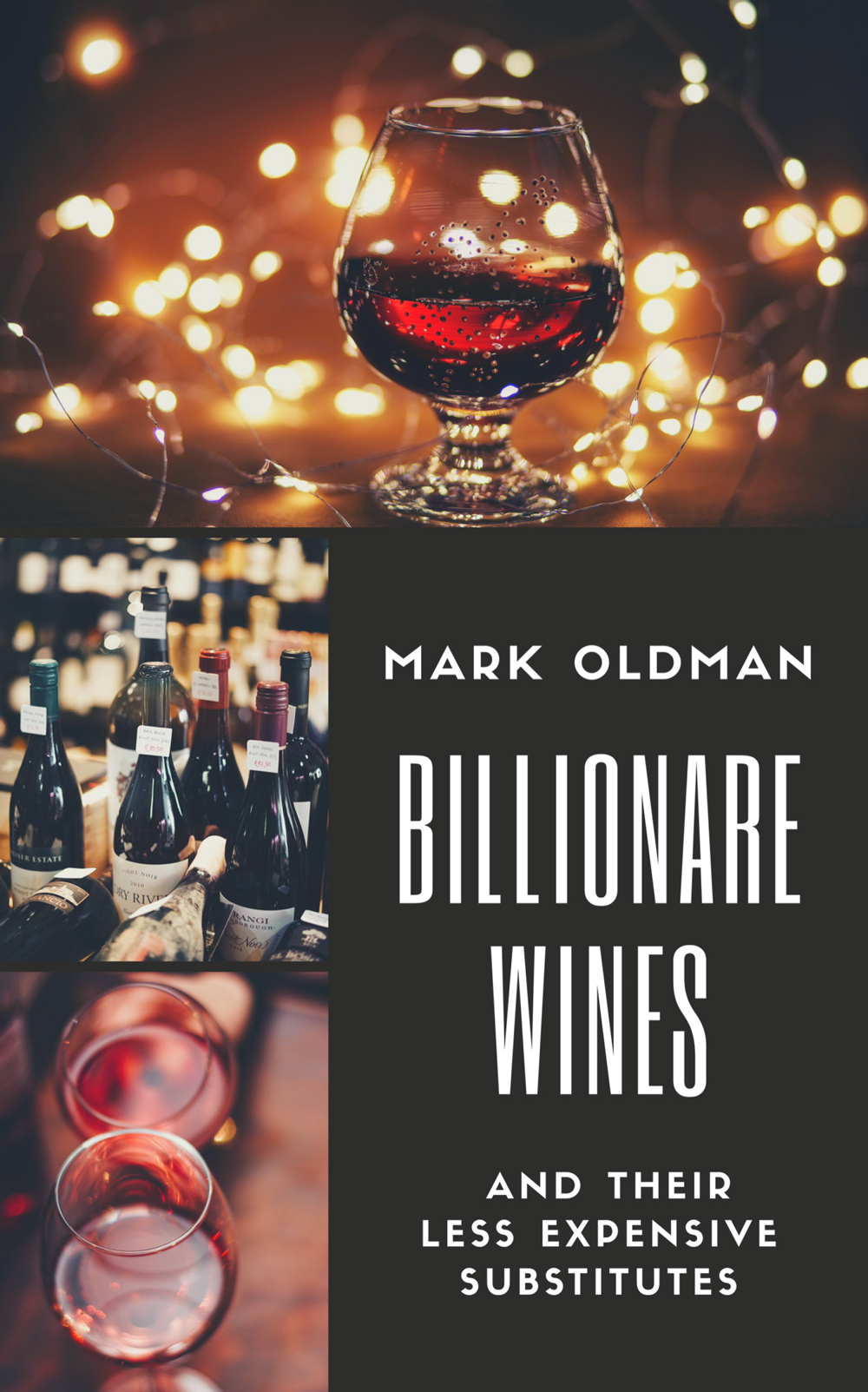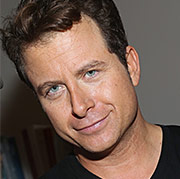Domaine de la Romanée-Conti: Some Little-Known Nuggets about DRC
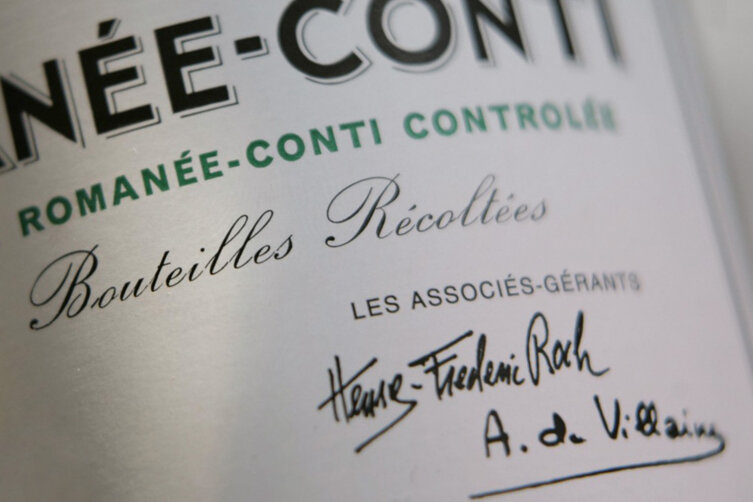
One acronym says it all: “DRC.” One need not speak the phrase—Domaine de la Romanee-Conti—because everyone in the world of fine wine knows the initials. This Bourgogne winemaker stands, like with the prices of its wines and the financial status of its customers, among the top one percent, perhaps even the highest one percent of that one percent.
Should we decry the elitism invoked by DRC? Or celebrate its achievements, no matter how dear the retail price, in embodying the fullest of expression of what Bourgogne wines represent at their very heart?
The answer lies in appreciating its undeniably unique characteristics . . . and then deciding for yourself if the vaunted reputation and price of these wines is justified. So, here are some little-known nuggets of information about the Domaine de la Romanée-Conti. To learn even more, sign up for a virtual wine class with Mark!
Little Known Facts about Domaine de la Romance-Conti (DRC)
• Domaine de la Romanée-Conti crafts some of the world’s most coveted bottles. In a ranking of 2023’s top 10 most valuable wines, Bourgogne counted seven, while Bordeaux, Champagne, and Napa each garnered just one, the Napa bottling being Screaming Eagle. Of those seven, an astounding five were DRC wines: Romanée Conti Grand Cru, La Tache Grand Cru, Richebourg Grand Cru, Romanee St Vivant Grand Cru, and Echezaux Grand Cru, in that order.
• The estate boasts 25 hectares of Grand Cru vineyards, including the legendary monopole plots of La Romanée Conti and La Tâche. Bourgogne producers typically have less acreage than rivals in places like Bordeaux, often identified as tiny plots called climats. Monopole means monopoly, and that doesn’t refer to the board game. The Domaine owns 100% of the vineyards comprising these appellations: a highly unusual status. This unique advantage sets DRC apart from any other Burgundy estate, as they exclusively produce wine from these two Grand Cru sites.
• Thus although Romanee-Conti counts as a landholding giant by local standards, its overall production capacity remains limited and small. Scarcity, a key element of luxury products, thus partially explains its vaunted status and price. The Romanee Conti and La Tache vineyards sites will not get any bigger, ever. DRC’s philosophy focuses on producing small yields of exceptionally high-quality grapes treated very gently in the winery. Each year, the estate produces around 6000-8000 cases of all its Grand Crus, quickly acquired by large investors with the right connections.
• Is it just about scarcity and reputation? No. DRC devotes substantial resources to producing an extremely high quality vinous product, and critics stand every ready to do their job, keeping vigilant watch over actual wine attributes. The owners are winegrowers, in the trust sense of the word, starting with the primacy of the terroir and viticulture. “Exceptional vineyards,” says DRC, must enjoy “the utmost respect.” “This respect, they naturally deserve only under the express and imperative condition that the vigneron’s work can showcase their full potential.” DRC counts not as a winemaking factory, but as an integrated whole encompassing passionate experts, watchful owners, exceptionally tended vineyards, and a winemaking technique that respects all of that accumulated tradition.
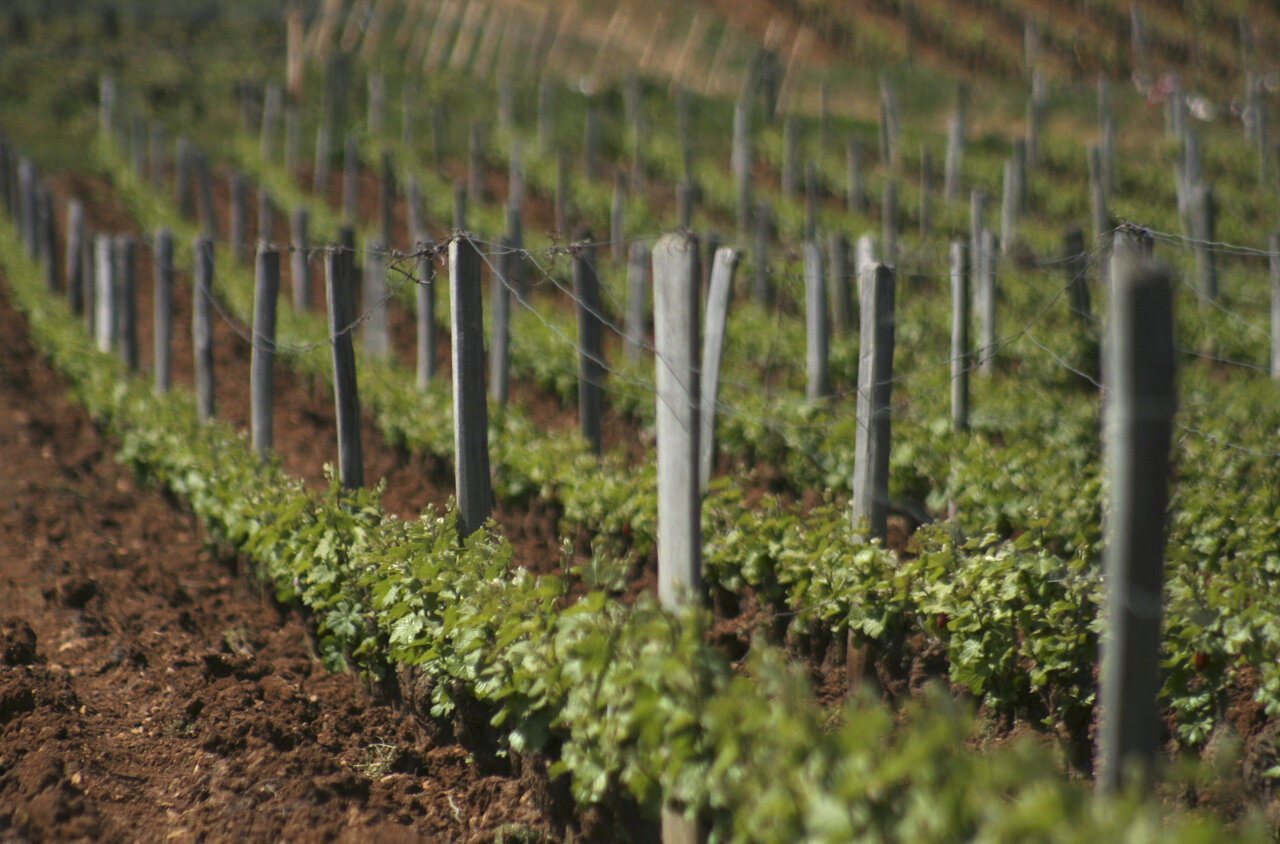
A True Luxury Wine: A Joy . . . and an Investment
• History or tradition, another marker of luxury, is ever important, and DRC itself relates this to the full sweep of French history. They actually go all the way back to the year 900, but DRC’s origins date to 1232, when it was owned by the Abbey of Saint Vivant in Vosne. The monks cultivated a 1.8-hectare vineyard in what is now the La Romanée Conti plot. Even in those early days, the monks recognized the exceptional quality of the terroir. Four centuries later, under the ownership of Philippe de Croonembourg, the La Tâche vineyard was added to the property. In 1760, the estate was sold for a significant sum to the Prince of Conti, who won a bidding war with Louis XV’s mistress, Madame de Pompadour, and added his name to the estate. Problems persisted when the estate was confiscated after the French Revolution and sold at auction. Today, the estate is jointly owned by the Villaine and Roch families and is managed by Aubert de Villaine and Henri-Frederic Roch.
• The Romanée-Conti Grand Cru is the estate’s flagship wine, consistently receiving perfect scores from international wine critics; the 2016 and 2015 vintages received 100 points from Robert Parker’s Wine Advocate, for example. Considered the ultimate expression of the Pinot Noir grape, only 450 cases of Romanée-Conti are produced each year, making this wine the rarest and most expensive in the world. Other notable wines include La Tâche, Richebourg, and Grands Echezeaux.
• DRC also has the advantage of owning the largest amount of land in each of the Grand Crus used for red wine, meaning that even in slightly less prestigious crus like Échezeaux, wines from their main vineyards are often much better than those of their neighbors.
• From an investment perspective, the best Romanée-Conti wines have increased in value over the past decades. A standout example is the DRC Romanée-Conti 1990, which has appreciated in value by over 3000% in the last 20 years. Auctions can sometimes be a good place to find value, but perhaps not for DRC wines. In 2018, two bottles of 1945 Romanee-Conti surpassed the previous record for a standard-sized wine bottle sold at a Hong Kong auction in 2010 for 233,000 dollars. The highest bid was for the first bottle of 1945, which sold for 558,000 dollars, 17 times more than Sotheby’s estimated price of $32,000. A few minutes later, the second bottle of 1945 was sold for $496,000. Three magnums (1500 ml) from 1937 were sold for $310,000 each, exceeding the higher estimate of $40,000. More recently, attention has shifted towards the estate’s more accessible wines, showing excellent growth; the Domaine de la Romanée-Conti Echezeaux 2010 has increased in value by 176.9% in the last five years.
Rudi and DRC wines
• Convicted wine forger, Rudy Kurniawan, who is now back to producing counterfeit wines as part of a legal business, has always loved DRC wines. Wine fraud expert Maureen Downey reports that Kurniawan holds parties where he creates fake versions of wines such as the 1990 DRC Romanée-Conti as well as other blockbusters like 1990 Petrus, 1990 Domaine Jacques-Frederic Mugnier Le Musigny and 1982 Château Cheval Blanc. His paying guests then compare these bottles to the original wine. When he started his criminal career in the early 2000s, Kurniawan’s affinity for DRC wines earned him the nickname “Dr. Conti.”
